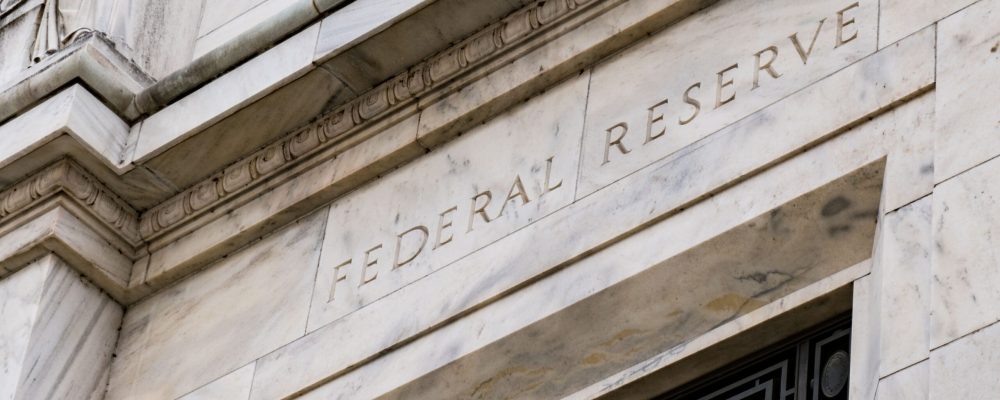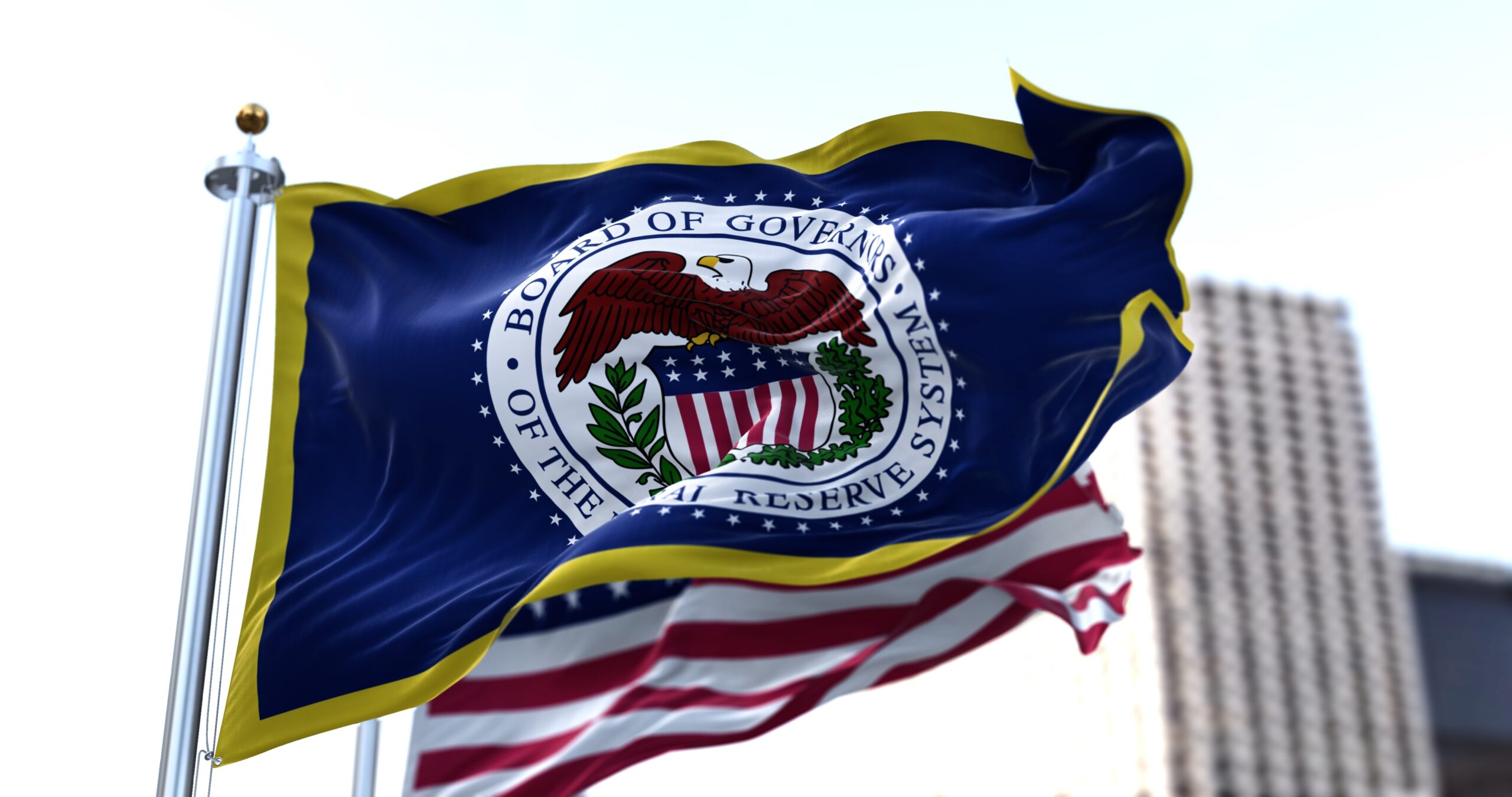
Key takeaways
- The Federal Reserve raised its target interest rate by 0.75% as a means to combat inflation
- The Fed knows they can’t allow inflation to remain this high. Hence why they are hiking rates so aggressively
- With inflation being such a big problem at the moment, the Fed knows that slowing of economic activity is a necessary step. For investors, the sooner this happens the better
- There are some early signs that inflation actually may be peaking now
- While no specifics were given regarding future meetings, Chair Powell did acknowledge that it might soon be time to slow the pace of rate hikes. Markets responded positively on the day
On Wednesday the U.S. Federal Reserve raised its target interest rate by 0.75%. Spurred on by high inflation, the Fed has increased rates by 2.25% already this year, making its fight against inflation arguably the most aggressive in the past 40 years. The Fed’s fight against high inflation has been the dominant reason why investment markets have been rough this year. Fed Chair Jerome Powell’s comments today show there may be light at the end of the Fed rate hike tunnel. Here’s what the Chair said and how we see it impacting your portfolio.
The Fed vs. inflation
The Fed has two legal mandates given to it by Congress: keep unemployment low and keep prices stable. The Fed has defined “stable” prices as inflation averaging about 2% over the long-term. Clearly with consumer prices rising by 9% over the last year, inflation is currently running well above a level consistent with “price stability.”
The Fed’s main tool to fight inflation is by raising interest rates. Technically, when we say the Fed has “hiked” rates, we are talking only about the interest rate banks use for borrowing and/or depositing money with the Fed. However, since so much of finance flows through banks, a change in the Fed’s rates influences all kinds of other rates, from Government bonds to mortgages to the cost for businesses to borrow.
The hope is by making it more expensive to borrow both firms and households will borrow less. If they borrow less, they will spend less. If they spend less, it should alleviate the excess demand that is causing inflation to be high.
No easy way out
In a perfect world, the Fed would raise rates just enough to slow spending exactly the right amount to bring down inflation. If spending doesn’t come down enough, we still have an inflation problem and the Fed would find that unacceptable. If spending comes down too much, then we have a recession, which likely would cause unemployment to rise. That’s not an outcome anyone wants.
The Fed knows a recession is a risk. During the Chair’s press conference, Powell said that the path to avoiding a recession “has clearly narrowed.” But they also know they can’t allow inflation to remain this high. Hence why they are hiking rates so aggressively. Powell has pledged over and over that they will bring inflation back to normal no matter what the costs, a pledge he reiterated on Wednesday, saying they would move “expeditiously” to bring inflation down.
The sooner it happens, the better
This puts the Fed, and investors, in a strange position. We are hoping to see slower economic data. For example, spending at retail stores grew by 8.4% over the last year vs. just 3.7% from 2014-2019. If retail spending slowed to something like 3.7% it might bring inflation back under control. Job growth has averaged 475,000 per month so far this year, vs. an average of 191,000 from 2014-2019. Maybe if job growth slowed to more like 191,000 it would mean that the worker shortage companies have been complaining about is lessening. Again, this would help alleviate inflation.
It seems odd to hope for weaker economic data, but with inflation being such a big problem at the moment, the Fed knows that slowing of economic activity is a necessary step. During the press conference Powell said that “we actually think we need a period of growth below potential,” which essentially means with economic activity being above average now, we probably need it to be below average for a period going forward.
For investors, the sooner this happens the better. As we said before, the Fed is resolute in its commitment to bring inflation down, so the longer inflation remains high, the faster the Fed will be hiking rates. The faster they hike, the harder it will be to detect when they have hiked too far, and that injects more uncertainty into the economic forecast. The stock market hates uncertainty. Stocks usually perform better when the market knows what it is dealing with. I.e., even bad news is better for stocks than when the market has no idea what to expect.
The sooner spending slows, the sooner inflation comes down, the sooner the market gets some sense of certainty over how high the Fed will hike, the sooner the market can gain its footing and start rising again.
Inflation may be peaking
There is some good news: there are early signs that inflation may be peaking now. The most obvious of which is that commodity prices are falling rapidly. For example, agriculture commodities are down 20% after peaking in May, which suggests food prices may fall soon as well. Even energy is down 10% from peak, and along with it gas prices have been dropping at the pump as well. Industrial metals are down 37% from their peak, suggesting the cost of building materials is also falling.
Another sign that perhaps inflation is peaking comes from companies themselves. In recent weeks, both Target and Walmart announced that they had more inventory than they wanted and would have to cut prices on certain goods to clear out the excess. Those price cuts alone are a good sign for inflation, but it may also mean that consumer spending on goods is slowing as well. While this isn’t a great sign for Target or Walmart’s profits, this is definitely a good sign for inflation overall. It also illustrates an important point: inflation can only keep rising if consumers have the income to pay higher and higher prices. It may be that these stores are seeing consumers change spending habits because they can no longer afford higher prices.
For the Fed, they need to communicate their commitment to fighting inflation in the strongest language possible. This is why they aren’t likely to equivocate on continuing rate hikes even if they think inflation is peaking. However, Powell did suggest that the Fed may not hike quite as aggressively in future meetings if they see progress on inflation coming down. He said that another 0.75% hike “could be appropriate” but that it “will depend on the data we get between now and then.” Markets interpreted this as suggesting that a 0.50% hike is more likely for the September meeting.
What does this mean for markets going forward?
Even though Chair Powell gave no specific hint about their plans for future meetings, the mere acknowledgement that it might soon be time to slow the pace of rate hikes was comforting for stocks. The S&P 500 surged almost 3% in the immediate aftermath of the Fed’s press conference.
This may strike readers as odd. The Chair of the Federal Reserve openly talked about a recession as being more likely as well as gave warnings that the pace of job growth would have to slow in order to get inflation under control. None of that sounds like it is good news for stocks. We should also caveat that this is just one day’s worth of market movement, certainly not something from which we should draw sweeping conclusions.
However, it is an interesting data point on what is priced into markets already. Markets know that bringing inflation down requires some slowing of the economy, and they also know the Fed is committed to fighting inflation no matter what. So Powell’s dour discussion of the economic outlook didn’t phase investors. However his acknowledgement that perhaps it was time to downshift the pace of rate hikes told markets that maybe there is light at the end of the rate hike tunnel.
Again, this is only one day and markets will undoubtedly continue to gyrate going forward. But we do think it tells us that stocks don’t need all of our economic problems solved in order to rise from here. A little less uncertainty will go a long way.


